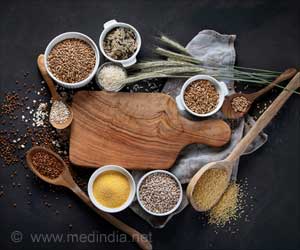
Officials of the health ministry met WHO officials and decided to explore the possibility of such a mechanism, she said.
According to data available with the WHO, 36 percent of Indians would be suffering from cardiac problems out of which 10 percent would be due to hypertension by 2030.
There were nine global targets which may be adopted. These included reducing deaths due to hypertension by 25 percent by 2025, reducing salt intake by 30 percent by 2025, encouraging physical activity and avoiding tobacco, the WHO official said.
According to D. Prabhakaran, executive director, Centre for Chronic Disease Control, a group of health professionals, the health ministry was also looking at utilising services of grassroot community health workers called ASHA (accredited social health activist) to prevent hypertension in rural areas.
As part of a two-year study carried out by the Indian Council of Medical Research, 60 panchayats were selected from six states to see the viability of the project, he said.
Advertisement
"The community health workers will try and reduce salt intake and other lifestyle changes," he said.
Advertisement
"When people migrate, it takes them around 10 years to completely urbanise themselves and that is the time when the disease burden asserts itself," Prabhakaran said.
Problems like malnutrition in early childhood can increase the risk of hypertension later in life, he said. "Lower the level of education, higher the incidence of hypertension."
Around 20-40 percent of urban Indians and 12-17 percent of rural Indians are suffering from hypertension.
Renu Garg, regional advisor, non-communicable disease, WHO regional office for South-East Asia, said: "Unhealthy lifestyles are killing people".
Source-IANS

![Pulmonary Arterial Hypertension [PAH] - Symptoms & Signs - Causes - Diagnosis - Treatment Pulmonary Arterial Hypertension [PAH] - Symptoms & Signs - Causes - Diagnosis - Treatment](https://www.medindia.net/images/common/patientinfo/120_100/pulmonary-arterial-hypertension-pah.jpg)












